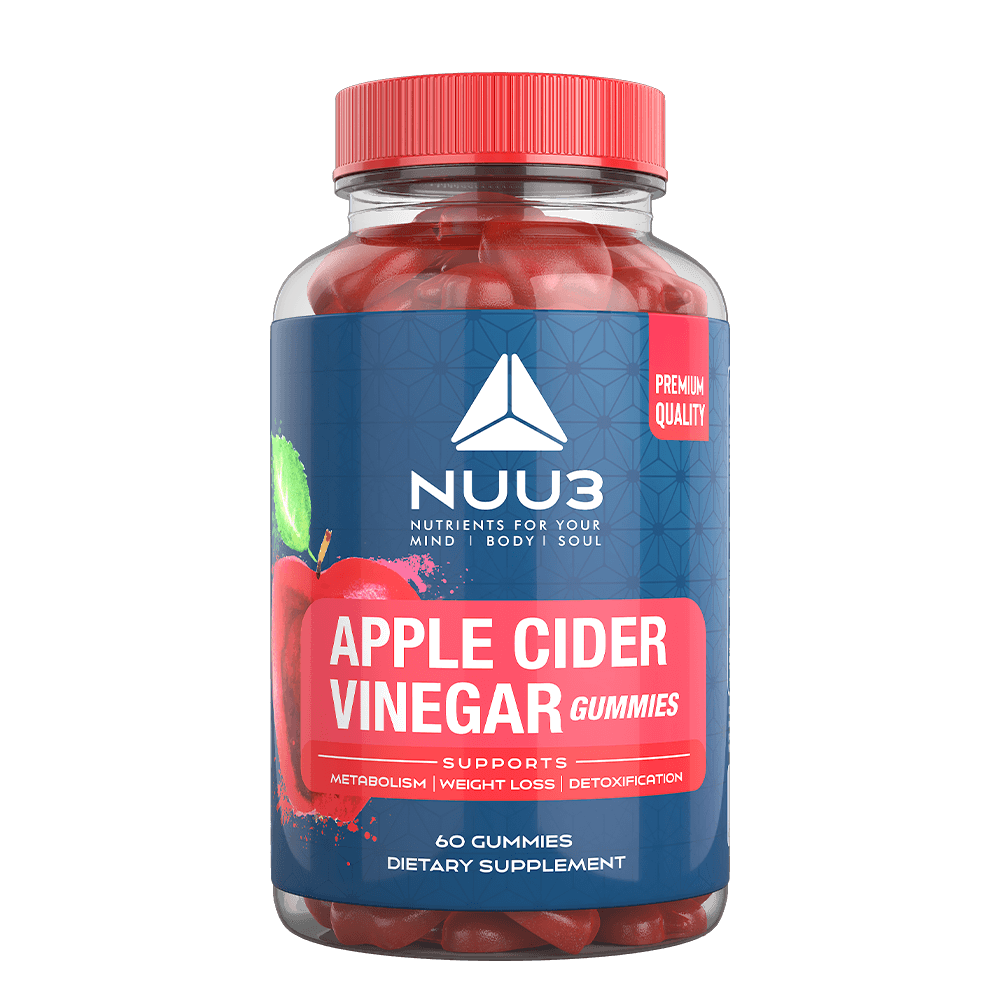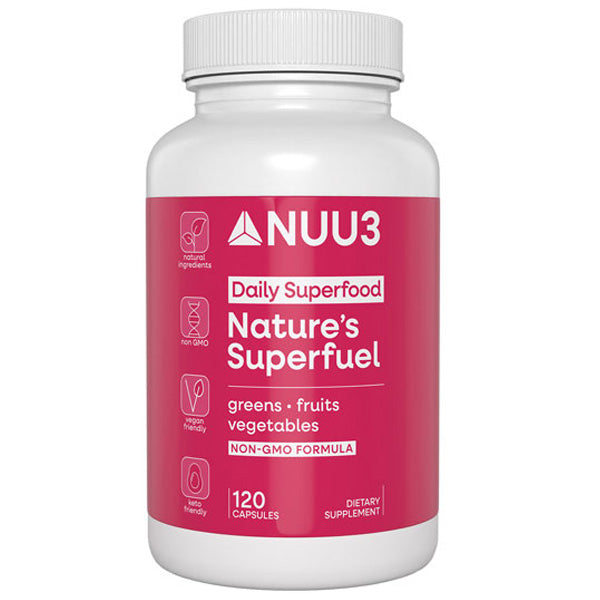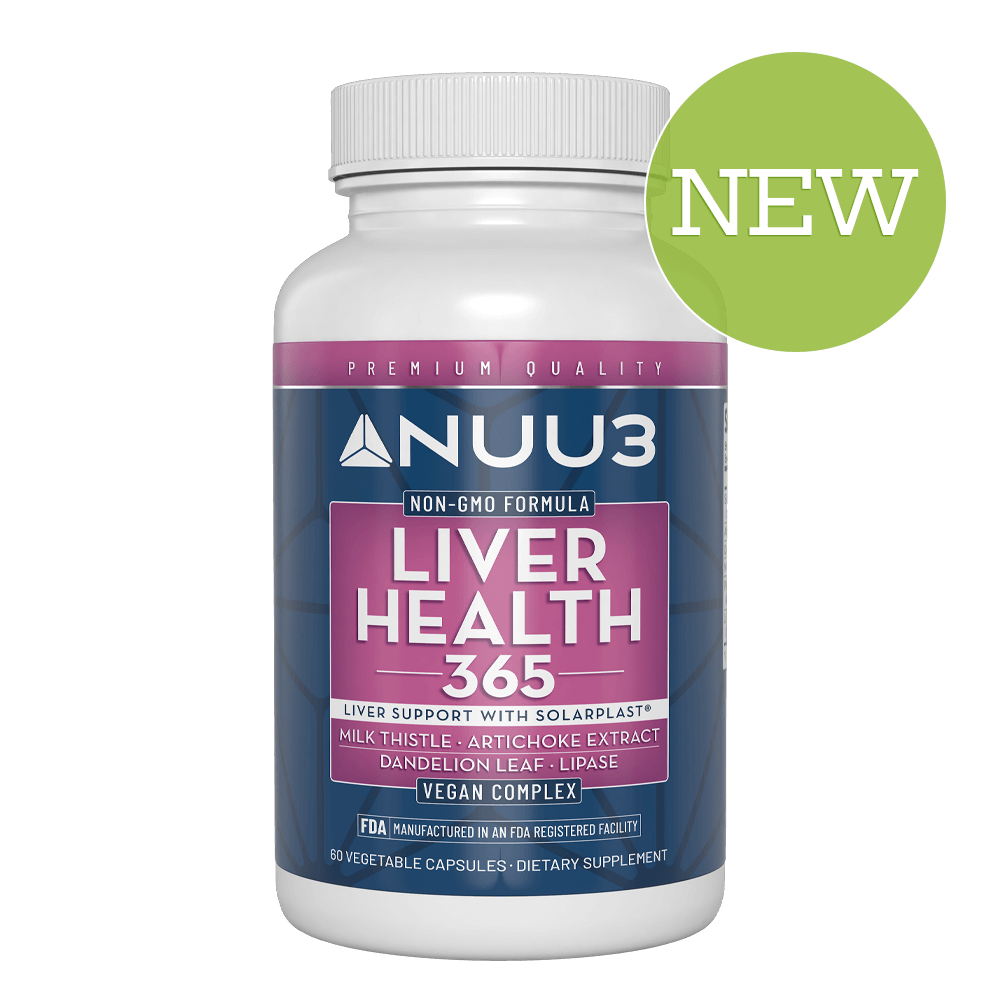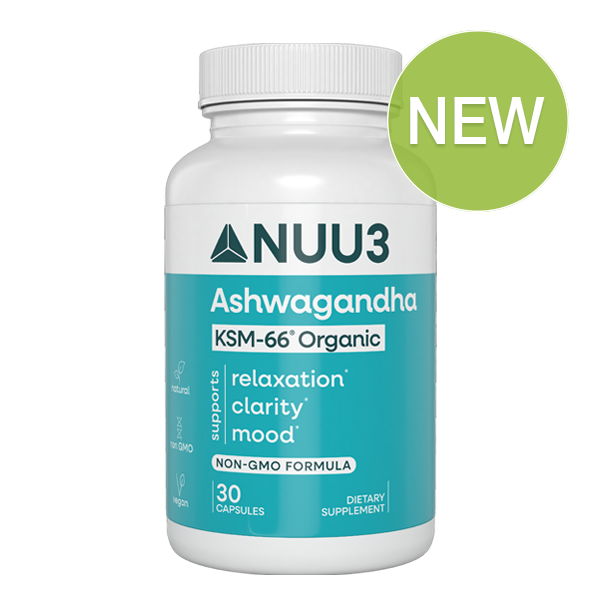The Ultimate Guide to Effective Reverse Dieting

Description
Reverse dieting is a structured post-dieting strategy that involves a gradual increase in caloric intake after an extended period of restriction. The main goals of the approach are to reset the metabolism, balance the hormones, and prevent rapid weight regain. This method offers a sustainable approach to eating and long-term health. In this article, we’ll discuss how to plan your reverse diet effectively so you can maintain your goal weight.
Introduction
Reverse dieting is a method that has gained attention in the health and fitness realm in recent years. In a world dominated by fad diets and extreme weight loss methods, it is a unique approach that helps dieters transition from calorie restriction to a more sustainable, long-term, healthy eating pattern.
This nutritional strategy focuses mainly on gradually increasing calorie intake after a diet while closely monitoring how the body responds. The aims are to slowly restore metabolic rate, balance the hormones, and improve digestion while maintaining your goal weight. As with any nutritional regimen, there are both pros and cons to the reverse dieting approach and it may be more effective for some people than for others.
What is Reverse Dieting?
Bodybuilders developed the reverse dieting [1] approach to help them transition back to their regular eating habits after a competition. It is a nutritional strategy that involves gradually increasing your caloric intake following a calorie-restricted diet.
The concept of reverse dieting is based on evidence indicating that restricting calories for too long can slow metabolism and halt weight loss progress. In addition, it may cause hormonal imbalance, slower digestion, and negative psychological effects related to food restriction. As such, the goal of reverse dieting is to transition into a more sustainable eating pattern while also increasing metabolism and preventing weight and fat regain.
How Does Reverse Dieting Work?
Generally speaking, with the reverse dieting method, individuals add about 50-150 calories incrementally each day for 4 to 10 weeks. However, you can take either a conservative or an aggressive approach to either slow or hasten the timeline.
With the conservative approach, it takes longer to reach your goals, but the advantages are that it may reduce the amount of weight you regain and decrease your risk of experiencing related digestive issues.
The aggressive approach involves increasing your calorie intake quickly over a short period to return to a more active lifestyle and restore energy levels rapidly. However, it’s more likely to lead to regaining lost weight compared to the conservative approach.
Naturally, the results will vary for different individuals depending on caloric intake, approach, and weight loss goals. For this reason, you should consult with a professional RDN or fitness and nutrition expert so the reverse dieting program you follow is tailored to your needs specifically.
Does Reverse Dieting Work For Weight Loss?
Does reverse dieting promote weight loss? [2] This method is not specifically intended to help you lose additional pounds, rather it is a strategy for people trying to transition back to normal eating following a calorie-restricted diet without regaining the lost weight. The main focus is to gradually increase caloric intake so you don’t gain back lost pounds. With that being said, some individuals may lose additional weight as their hormone levels normalize.
If your aim is weight loss, however, the traditional method of limiting calories while following a balanced diet and exercising regularly is the most effective system. Once you have achieved your weight loss goal, then transition to normalized eating through reverse dieting to help support a healthier metabolism over the long term.
In summary, before embarking on a reverse dieting journey, it’s important to determine whether the method is suited to your specific goals. If your objective is weight loss, then calorie restriction is a better way to begin. If maintenance after a diet is your goal, reverse dieting may be more appropriate, especially when combined with a weight training program.
Who Should Be Trying to Reverse Dieting?
Reverse dieting is ideal [3] for anyone who has just completed a period of prolonged calorie restriction or cutting, such as competitive bodybuilders or athletes. It can assist considerably in helping to readjust to normal eating without negative effects on metabolism and hormones.
This approach may also be beneficial for people who have recently lost a large amount of weight through extreme calorie restriction and want to transition into more sustainable eating habits without regaining. It may also be suitable for people who are looking to establish a healthier relationship with food in general, improve their energy levels, and boost long-term metabolic health.
What is a Weight Loss Plateau?
Often while following a weight loss plan, you can experience a period where your weight becomes stagnant and the scale doesn’t move. This phase is referred to as a plateau [4], which is a phase that occurs where there is little to no decrease in body weight despite consistent dieting and exercise.
A plateau often occurs when the body adapts to changes in eating and exercise, so it slows the metabolism to conserve energy and maintain normal body homeostasis. Several factors can cause a plateau, including reduced calorie expenditure, hormonal shifts, or water retention. To overcome a plateau, you may have to make further adjustments to your diet and exercise routine.
What Are the Pros and Cons of Reverse Dieting?
Reverse dieting [5] has great advantages, but it also requires careful planning to navigate the potential drawbacks.
Pros of Reverse Dieting
- Restores Metabolism: Reverse dieting can prevent the metabolic slowdown that often comes with calorie restriction, allowing your metabolism to recover and normalize.
- Normalizes Eating: It helps to facilitate a gradual shift from restrictive eating to a more balanced caloric intake to reduce rapid weight regain.
- Balances Hormones: Reverse dieting helps balance hormone levels, which improves mood and hunger regulation.
- Preserves Muscles: When you increase your caloric intake gradually it helps maintain lean muscle mass, which is key for a healthy metabolism. An important rule to remember is that the more muscles you have, the more fat you will burn.
Cons of Reverse Dieting
- Time-Consuming: Reverse dieting is a process that requires patience and consistency over weeks to months, depending on the specific approach and goals.
- Complex: It can be a challenge to monitor hunger cues, energy levels, and body responses consistently, and could be especially difficult for people who have anxiety surrounding food.
- Limits Weight Loss: While reverse dieting is not meant to be a weight loss diet, some individuals could regain some of the lost pounds during the process.
- Lack of Scientific Research: The research on reverse dieting is limited as of yet, so the long-term impact is still unknown.
How Do You Plan a Reverse Diet?
When you have health and fitness goals, it is always best to follow a plan. Having a set strategy can teach you how to reverse your diet without gaining weight [6].
Step 1: Determine How You'll Track
It’s best to choose a specific method or app for tracking your progress when you are reverse dieting. There are several excellent ways for you to monitor your weight, food intake, exercise, and other factors during this time. Consider an app like MyFitnessPal [7], writing in a journal, or working with a registered dietitian who can provide insight and monitor your journey.
Step 2: Figure Out Your Calories
To determine how many calories to consume when reverse dieting, take the number of calories you ate daily during your restrictive diet and gradually increase it by 1-5%, depending on your goals and current activity level. It’s a good idea to meet with an RDN to help with your overall plan.
Step 3: Set Up Your Macros
The specific foods you consume and the macronutrients they contain are the most important aspects of reverse dieting. For this reason, it’s important to plan a macronutrient breakdown that suits your goals and preferences to help you through the process. Protein intake is most important as it promotes muscle building and maintenance. Try to consume 1.8 to 2.4 grams/kg per body weight daily. Dietary fat should be between 20 to 35% of your total daily caloric intake, and for the remaining calories consume carbohydrates.
Steer more towards fiber-rich rather than simple carbohydrates, and avoid in particular sweets and processed foods. You may include some in limited amounts depending on your total fat and protein intake for the day.
Step 4: Monitor Progress
It’s important to be consistent about tracking and evaluating your progress daily and noting any shifts in your hunger, energy levels, and weight. You may consider taking regular photographs for a visual record of your results, especially if you have goals related to bodybuilding or otherwise modifying your physique. Monitoring progress will allow you to adjust your approach based on your body's response during the process of reverse dieting.
Step 5: Evaluate and Adjust
Regularly evaluate and reassess your reverse dieting plan. It’s best to weigh yourself on a daily or weekly basis, especially when starting the method. If you experience positive changes in metabolism and energy, then you're on the right track. If progress becomes stagnant, consider adjusting your caloric intake and macronutrient distribution. It’s important to be patient during this time, as it may take several weeks or even months for your body to get back into optimal balance.
Frequently Asked Questions
Why am I so hungry when reverse dieting?
There are several reasons why you may be very hungry during the reverse dieting process. First of all, your body's hunger hormones are more sensitive after a period of extended caloric restriction, which can increase your appetite.
Once you begin to gradually boost your daily calorie count, your body will use this as an opportunity to replenish energy stores and trigger hunger. Additionally, the metabolic rate tends to increase during the reverse dieting process, so you require a higher energy intake. To manage the increase in appetite, opt for more nutrient-dense foods that will leave you feeling full for longer, eat small meals throughout the day, and stay hydrated.
When should I start to reverse dieting?
The ideal time to start reverse dieting is after you’ve achieved your weight loss or fitness goals. If you've been on a restrictive diet for an extended period and have reached a plateau, consider reverse dieting. It's important to approach this method with an open mind and realistic expectations, as reverse dieting can be difficult and discouraging at times.
Is reverse dieting the same as intermittent fasting?
No, reverse dieting and intermittent fasting are not the same. Reverse dieting is a method that involves gradually increasing your daily caloric intake after an extended period of restriction to restore metabolism and normal eating patterns.
On the other hand, intermittent fasting is an approach that involves alternating between periods of eating and fasting. While both methods can positively impact metabolism and body composition, they operate very differently. Reverse dieting focuses on caloric intake adjustment, while intermittent fasting focuses on when to eat. Their goals and approaches are distinct and cater to various individual preferences and goals, for example, intermittent fasting is more focused on current weight loss while reverse dieting primarily involves readjusting your body after weight loss.
Conclusion
Reverse dieting is a strategic nutritional approach that aims to rebalance the body and hormones after a period of calorie restriction. By gradually increasing your caloric intake, this method helps to boost metabolism, rebalance hormones, and prevent rebound weight and fat gain following dieting.
It’s especially important to ensure optimal gut health while reverse dieting, which is why we recommend taking supplements like Nuu3 Apple Cider Vinegar Gummies, Nuu3 Nature’s Superfuel Gummies and Nuu3 Green Pura Gummies during the process. The reverse dieting approach offers a promising solution to the challenges posed by prolonged caloric restriction. However, keep in mind that the specific results will vary for different individuals, so be patient and consult an expert if you want additional advice.
References
1] ↑https://www.healthline.com/nutrition/how-to-reverse-diet-without-gaining-weight#basics
2] ↑https://www.healthline.com/nutrition/reverse-dieting
3] ↑https://swolverine.com/en-ca/blogs/blog/everything-you-need-to-know-about-how-to-reverse-diet
4] ↑https://www.ncbi.nlm.nih.gov/books/NBK576400/
5] ↑https://www.health.com/diets/reverse-diet
6] ↑https://barbend.com/reverse-dieting/
7] ↑https://www.myfitnesspal.com












